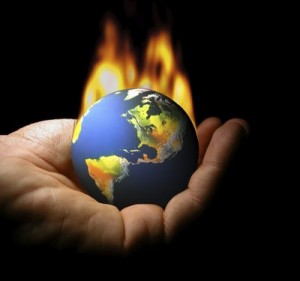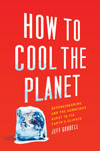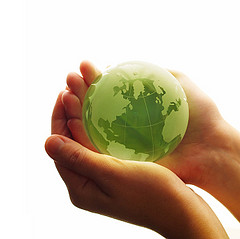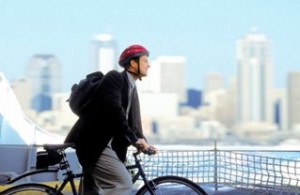If you have any doubt about the power of messaging, consider how we talk about renewable energy.
 If you want someone to oppose renewable energy, talk about dollars. If you want someone to embrace renewable energy, try comparing fossil fuel use to slavery. Point out how our stubborn consumption parallels history’s reluctance to relinquish the most horrifically cost-effective of all labor.
If you want someone to oppose renewable energy, talk about dollars. If you want someone to embrace renewable energy, try comparing fossil fuel use to slavery. Point out how our stubborn consumption parallels history’s reluctance to relinquish the most horrifically cost-effective of all labor.
Dollars: The New York Times just published a withering story on how the relatively high cost of renewable energy is delaying and scuttling wind and solar projects. By cost, we mean the price you pay a utility for power generated by that means. In this light, renewables are a luxury we can’t afford. (Of course, rates never account for the long-term cost of climate change, including health care impacts, nor God forbid, ecocide. Nor do they account for the cost, in dollars and lives, of foreign wars to keep our oil coming.)
Now consider slavery: That’s right. Purely economic arguments sustained slavery, as they do unfettered fossil fuel consumption, long after it should have ended, University of Michigan Professor Andy Hoffman points out. Hundreds of businesses had vested interests in the continuation of slavery. Apologists for slavery warned that abolition would end our “way of life” and crush the economy. They argued for self-regulation and quotas under the premise that capping the quantity of enslaved human beings would somehow mitigate the disgrace.
You see parallel arguments today in the crusading defense of ratepayers against even the slightest increases, the fetishizing of big vehicles (that thing got a Hemi?), and merely token investments in renewables.
Writes Hoffman:
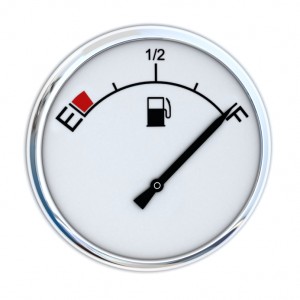 Just as few people saw a moral problem with slavery in the 18th century, few people in the 21st century see a moral problem with the burning of fossil fuels. Will people in 100 years look at us with the same incomprehension we feel towards 18th-century defenders of slavery? If we are to address the problem adequately, the answer to that question must be yes—our common atmosphere will no longer be seen as a free dumping ground for greenhouse gases and other pollutants. (via TreeHugger.com)
Just as few people saw a moral problem with slavery in the 18th century, few people in the 21st century see a moral problem with the burning of fossil fuels. Will people in 100 years look at us with the same incomprehension we feel towards 18th-century defenders of slavery? If we are to address the problem adequately, the answer to that question must be yes—our common atmosphere will no longer be seen as a free dumping ground for greenhouse gases and other pollutants. (via TreeHugger.com)
True? Melodramatic? Hyperbolic?
